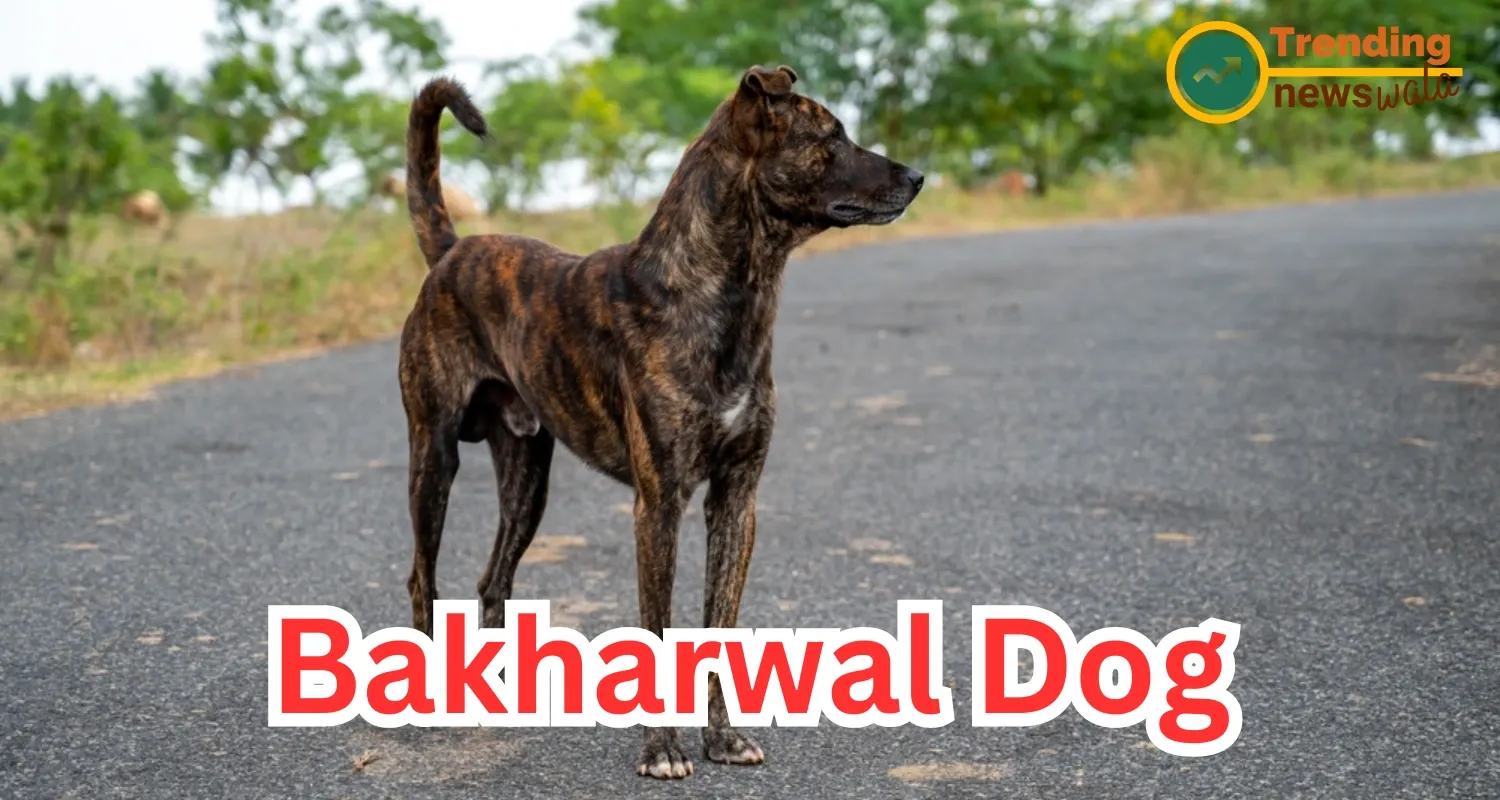Nestled in the heart of the breathtaking Himalayan region, the Bakharwal Dog emerges as a rare and remarkable breed deeply connected to the history, culture, and landscapes of Jammu and Kashmir. For centuries, these sturdy and loyal canines have been the faithful companions of the Gujjar and Bakarwal tribes, serving as formidable guardians of their livestock against the many challenges posed by the rugged Himalayan wilderness. In this extensive exploration, we will immerse ourselves in the captivating world of Bakharwal Dogs, unraveling their origins, unique characteristics, temperament, and the essential care they require to thrive in their unique environment.
The Himalayan Heritage
The Bakharwal Dog's history is as rugged as the terrain it hails from, characterized by resilience and unwavering loyalty. Their role as fearless guardians and herders is deeply ingrained in the cultural tapestry of the Himalayan region.
Origin and Purpose:
- The Bakharwal Dog originated from the Himalayan region, where it was developed by the Gujjar and Bakarwal tribes.
- These tribes have led a nomadic lifestyle for generations, relying on these dogs to protect their herds of valuable livestock.
Nomadic Lifestyle:
- The Gujjar and Bakarwal tribes are known for their nomadic existence, moving with their livestock in search of fertile pastures and grazing land.
- Bakharwal Dogs have played an integral role in safeguarding these herds from the formidable threats of the Himalayan wilderness, including wolves, leopards, and bears.
Recognition and Rarity:
- Despite their long history and unparalleled service to the tribes of the Himalayas, Bakharwal Dogs remain relatively unknown outside the region.
- Surprisingly, they have yet to gain official recognition from major kennel clubs, contributing to their status as a rare and precious Dog breeds In India.
Characteristics of the Bakharwal Dog
Bakharwal Dogs possess a unique blend of physical and behavioral traits, perfectly tailored to their role as guardians and herders in the challenging Himalayan environment.
Appearance:
- Size: Bakharwal Dogs are impressively large, typically standing between 24 to 30 inches (61 to 76 cm) at the shoulder and weighing a sturdy 70 to 90 pounds (32 to 41 kg).
- Coat: Their thick double coat ranges from short to moderately long, providing insulation and protection against the harsh Himalayan elements.
- Colors: Common coat colors include fawn, brindle, black, and white.
- Ears: A distinctive feature is their "pandora" ears, contributing to their unique and striking appearance.
Temperament:
- Loyalty: Bakharwal Dogs are renowned for their unwavering loyalty and protective nature. They form deep bonds with their families and livestock, defending them with fierce devotion.
- Alertness: Honed by years of guarding against Himalayan predators, these dogs possess razor-sharp senses. As natural watchdogs, they are vigilant and quick to respond to potential threats.
- Reserved Nature: While affectionate with their owners, Bakharwals tend to be reserved or aloof around strangers. This reserved demeanor contributes to their effectiveness as guardians.
- Independence and Intelligence: Their independence and intelligence are integral to their role as protectors. However, during training, their independent streak may surface as a touch of stubbornness.
Lifespan:
- Bakharwal Dogs typically enjoy a lifespan of about 10 to 14 years when provided with proper care, offering a long and faithful companionship.
Caring for Your Bakharwal Dog
To ensure the well-being of your Bakharwal Dog and honor their Himalayan heritage, consider the following care guidelines:
Diet and Nutrition:
- Provide a high-quality diet rich in protein and essential nutrients. Consult with a veterinarian to tailor the diet to your dog's specific needs based on age, activity level, and health.
Exercise Needs:
- Bakharwal Dogs are active and require daily exercise to maintain their physical and mental health. Long walks, playtime, and engaging toys can help meet their activity requirements.
Grooming:
- Regular brushing is essential to keep their dense coat in top condition, especially during shedding seasons. Bathing should be done as needed, typically every few months.
Conclusion
In conclusion, the Bakharwal Dog stands as a testament to the enduring bond between humans and their canine companions in the Himalayas. Their loyalty, bravery, and unique appearance make them a breed of great significance in the region. By understanding their history, distinctive traits, and care requirements, you can provide a fulfilling and loving home for this remarkable guardian of the Himalayas. Whether you're captivated by their rich heritage or simply seeking a loyal and protective companion, the Bakharwal Dog is a breed like no other, offering unwavering loyalty amidst the rugged beauty of the Himalayan landscape. Embrace the opportunity to celebrate this exceptional Dog breeds In India and ensure they continue to thrive in the land they call home.



